Menu
Trees usually develop cavities and holes over time, which are often mistaken for infections or infestations. While these fissures may raise concerns about the tree’s overall health, they are a natural part of growth. A common misconception about holes in trees is that filling them can prevent further deterioration and restore optimum health. Before attempting DIY solutions, consult a reputable tree care company like Driscoll Tree Service for guidance and professional help. If you notice cavities on your trees, understanding how to address the issue and improve overall health is crucial.

Tree damage is often the major cause of cavities, as they create a barrier between the wounds and openings with a thick layer of cells. There are many causes of damage on trees, including:
DIY enthusiasts often undertake landscaping projects like pruning. However, without the expertise or knowledge required, the risk of damage or premature tree removal is high. A common case of improper pruning habits is topping, where homeowners cut the top part of a tree. Removing a large part of the leaves and branches weakens the tree and eventually causes death if you don’t act quickly. You can avoid such scenarios by working with a trusted tree service provider to handle maintenance.
Another cause of cavities is mechanical damage. Whether mowing the lawn or trimming overgrown and damaged limbs, the tools used can damage the bark, causing wounds. Tree injuries can also occur when people intentionally carve into the bark, creating holes or cavities when they heal. It is crucial to work with professional arborists to mitigate mechanical damage to trees and subsequent repercussions.
Storms and harsh weather are common causes for tree injuries, leading to holes. When lightning strikes a tree, the bark is usually ripped off, forming a wound in the interior. Also, strong winds can break the bark or weak limbs, increasing vulnerability to infections, infestations and costly tree removal emergencies.

Once you notice holes in your trees, it is common to take a proactive approach in trying to solve the issue. However, the best option is to leave it alone and schedule a consultation with a trusted tree care company. Here’s what you should do if your tree has cavities.
Trees can deal with holes themselves, as long as it is well-watered, healthy, and receives sufficient nutrients. Despite the cause of injury, trees can prevent decay through compartmentalization. This entails sealing off damaged areas to block access to the rest of the tree.
Traditional solutions to cavities involved using different materials to fill them, such as cement and spray foam. Even if the damage is not visible after filling, the tree can decay from the inside, compromising overall health and strength. Tree service professionals and industry experts recommend leaving tree cavities to heal naturally.
Before addressing tree cavities and holes, contact the experts at Driscoll Tree Service and schedule a consultation with our experts. We have seasoned arborists ready to help you maintain healthy and durable trees without breaking the bank.
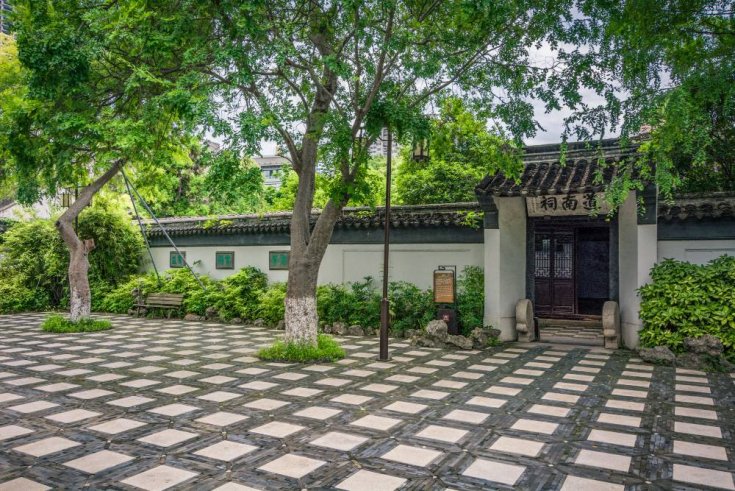
It’s one of the most classic homeowner dilemmas: you plant a tree, watch it grow tall and proud for decades until, one day, you notice the driveway starting to buckle. Cracks appear and spread; the once-smooth concrete begins to lift…
Read More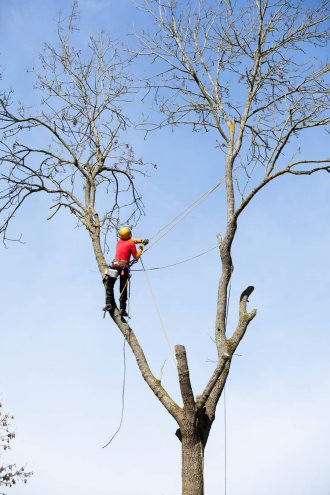
Trees are some of the most beautiful and beneficial parts of any outdoor space. It’s hard not to appreciate their tall branches, fluttering leaves, and calming presence. They offer us oxygen, shade, privacy, and - in some lucky cases -…
Read More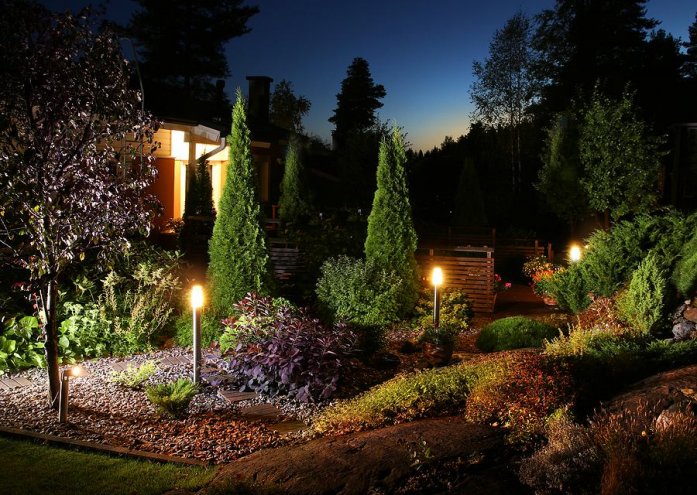
How to Keep Your Trees Healthy Keeping trees healthy is not just essential for the aesthetics and safety of your landscape but also improves the quality of the environment. However, like other living things, trees need routine care and maintenance…
Read More
3 Types of Tree Flowers There’s nothing more spectacular than the fantastic spectrum of colors as different trees bloom. Whether you appreciate the distinct scent of blooming pine cones or despise the memory of stepping on mushy fruits, trees don’t…
Read More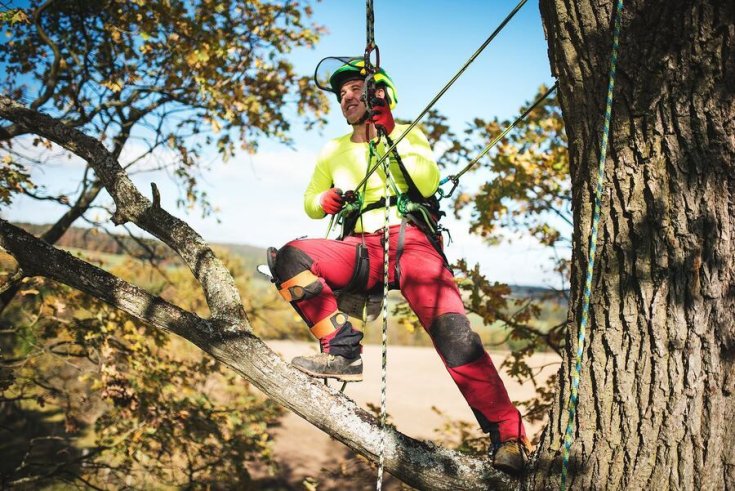
Top Signs You Need an Arborist to Inspect Your Trees Most of us love the trees on our property because they offer shade, beauty, privacy, and even fruit in some cases! Despite our appreciation, how well do we really understand…
Read More
Trees and Your Home: Tips for Extending the Lifespan of Your Roof A well-maintained roof is crucial for any home, as it protects against the weather and maintains structural integrity. While trees can enhance property beauty and value, if they…
Read More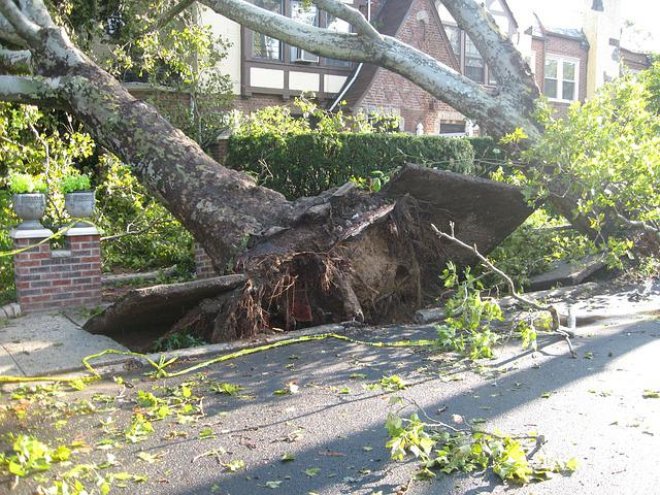
Just like your car needs regular oil changes and tune-ups, your trees also require routine trimming to keep them healthy and enhance safety. Trimming trees may not be your kind of ideal weekend activity, but it helps to keep your…
Read More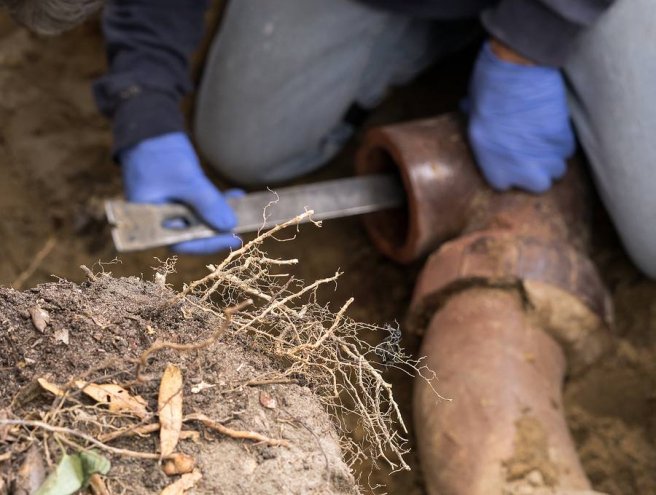
How Tree Roots Damaging Your Pipes Trees are attractive elements in your garden that provide shade and enhance the beauty of your space. However, the giant trees can cause problems to your property’s foundation and plumbing system. These roots are…
Read More
Common Mistakes to Avoid When Trimming Trees and Bushes Trees and bushes are more than just “greenery” - they’re living features that shape the personality, health, and curb appeal of your lot. Regular trimming keeps them healthy, well-shaped, and safe.…
Read More
Are Exposed Tree Roots Bad? Exposed tree roots might look like an enchanting natural feature, but those gnarled “wooden serpents” at your feet are more than just a quirky accent of your tree. In fact, roots surfacing above the soil…
Read More